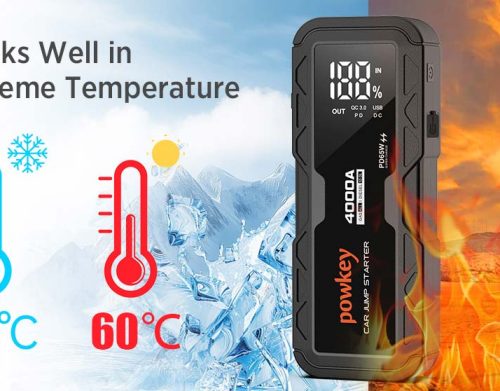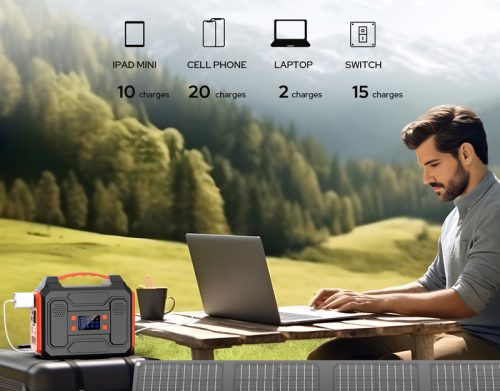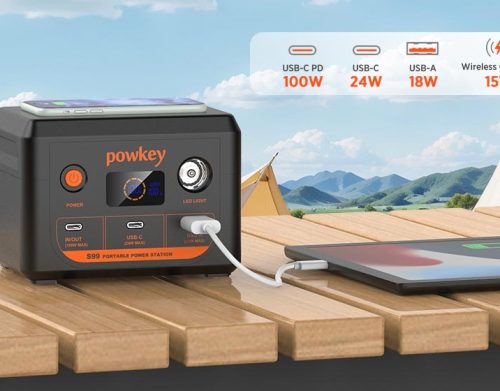Home energy storage refers to home energy storage devices that store electricity locally for later use. Electrochemical energy storage products, also known as Battery Energy Storage Systems (or BESS for short), have at their core rechargeable batteries, usually based on lithium-ion or lead-acid batteries, controlled by a computer with intelligent software to handle the charging and discharging cycles.

I. Advantages of home energy storage
- Overcoming grid losses: Transmission of electricity from power stations to population centres is inherently inefficient due to transmission losses in the grid, particularly in power-consuming urban agglomerations where power stations are difficult to locate. By allowing a greater proportion of on-site generation to be consumed on site rather than exported to the energy grid, home energy storage devices can reduce the inefficiencies of grid transport.
- Energy grid support
Home energy storage devices, when connected to a server via the internet, can theoretically be ordered to provide very short-term services to the energy grid: –
(1) Peak hour demand stress reduction – providing short-term demand response during periods of peak demand, reducing the need for inefficient operation of short-term generation assets such as diesel generators.
(2) Frequency correction – provide ultra-short-term correction to keep the power supply frequency within the regulator’s required tolerance (e.g. 50Hz or 60Hz +/- n%).
- Reduced reliance on fossil fuels
Due to the above efficiencies and their ability to increase on-site consumption of solar energy, these devices reduce the amount of electricity generated using fossil fuels (i.e. natural gas, coal, oil and diesel).

II. Disadvantages of home energy storage
Environmental impact of batteries: Early home storage systems used generally lead-acid batteries, which have the advantage of being highly recyclable – 99% of lead-acid batteries in the US are recyclable. However, the lead and sulphuric acid electrolytes in lead-acid batteries are extremely harmful to the environment. In addition, lead-acid batteries have a short service life and are gradually being replaced by lithium-ion batteries.
Lithium-ion batteries have a long life, but they are difficult to recycle and some contain nickel, cadmium and manganese, which can cause environmental pollution.
However, as long as they are recycled properly and not just thrown away to cause environmental pollution; overall, there are still many benefits to using home energy storage.



